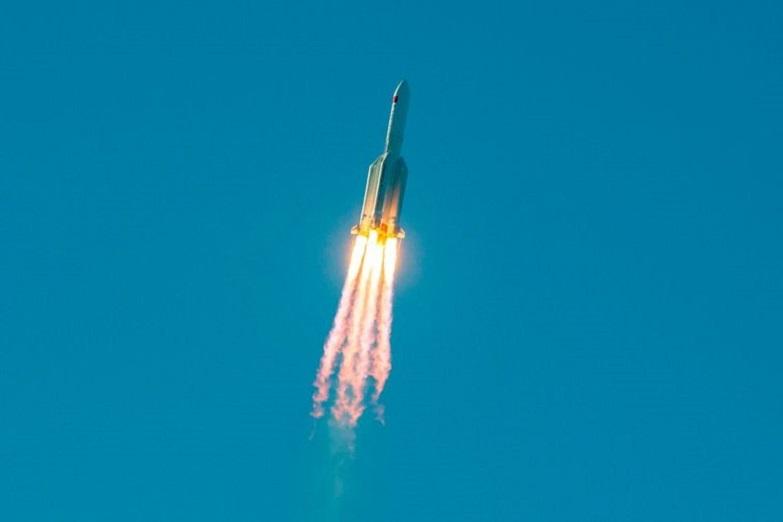A Chinese cargo spacecraft launched on Tuesday failed to return to Earth on Wednesday. That’s what the Chinese authorities announced. An “anomaly”, or deviation, occurred during the flight.
On Tuesday, China successfully launched its first Long Mars-5B launcher, the most powerful in its range. The missile’s cargo consisted of a prototype of a new manned capsule and a cargo spacecraft to return to Earth, both without occupants.
Deviation
The cargo would return to the ground floor on Wednesday, and the other spaceship Friday. That didn’t go according to plan. Turing, the return of the cargo spaceship, has occurred an abnormal deviation, reported the Office for manned space CMS. “Experts are currently examining the data,” the service added without further details.
The failed return is disappointing for China’s space program, but not a significant setback. The spacecraft designed by Casic is, therefore, still in a very experimental phase.
Heatshield
The cargo had an “inflatable” heat shield that the Americans and Europeans are also testing. The intention is to replace the classic metals and much more massive heat shields in the long term with a lighter shield.
Due to the greater weight of a heat shield, spaceships can carry less material. The new technology is still far from perfect and is still in an experimental phase with the major space powers.
It would be much worse if the other spaceship missed its return on Friday. Chinese engineers are therefore known to have mastered the classic return to Earth for years.
Space station
The Lange Mars-5B is primarily intended for the construction of the first true Chinese space station. It would start this year and should be finished in 2022. In March and April, the launch of a Chinese launcher failed twice.
